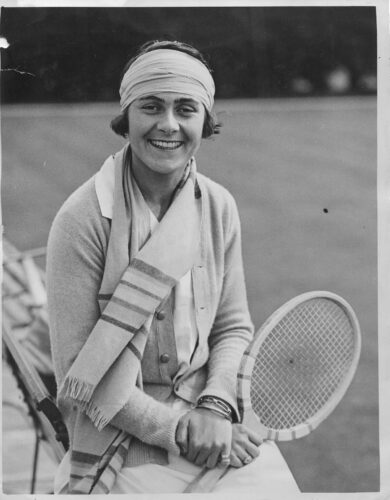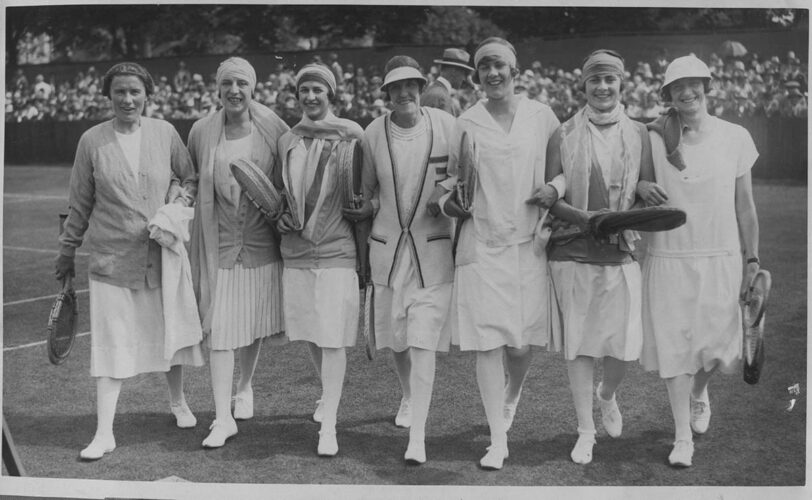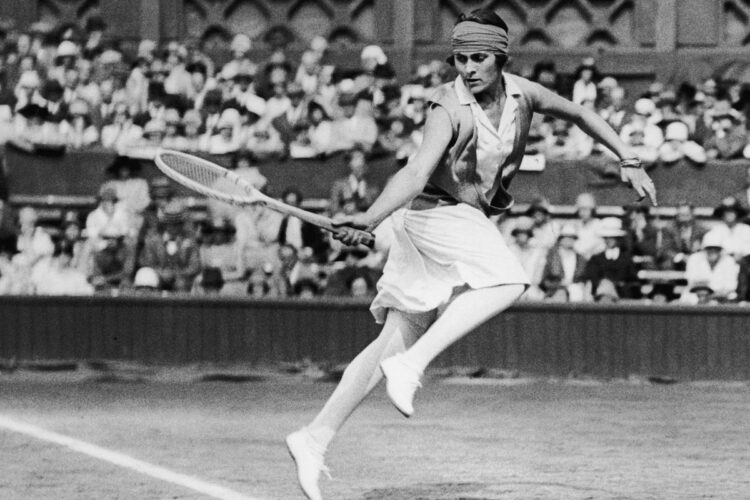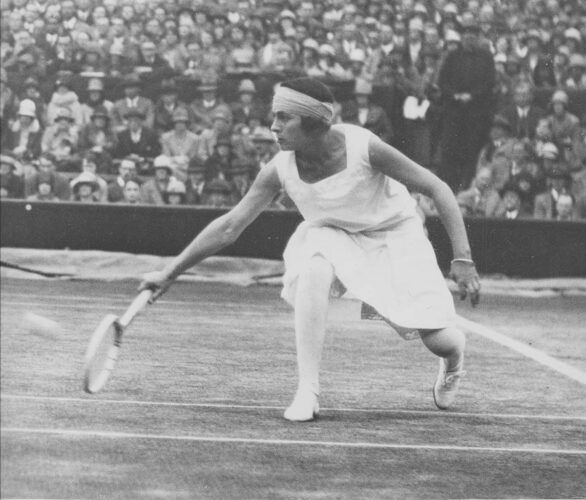EXPOSICIONES
La Señorita: Lilí Álvarez y los inicios del deporte femenino 1915-1936
20 jun. — 30 jul. 2024
Fundación Ortega-Marañón
— Madrid
Comisariado por
Lucía Laín
Organiza
Fundación Ortega Marañón y PHotoESPAÑA
Horarios de la sede
Lunes a viernes 9:00–20:00
Horario de agosto: consultar en la web de la sede.
La Fundación permanecerá cerrada entre el 2 y el 24 de agosto, ambos incluidos.
Sede
Fundación Ortega-Marañón
Fortuny, 53
Mapa
Lilí Álvarez (1905-1998) es una figura fundamental de la historia del deporte español. Aunque destacó fundamentalmente como tenista y patinadora, practicó otros muchos deportes como el esquí, el alpinismo y el automovilismo. Fue, además, la primera mujer española que participó en unos Juegos Olímpicos, los de París de 1924.
Esta exposición quiere conmemorar el centenario del olimpismo femenino español en la antigua Residencia de Señoritas, que acogió a figuras fundamentales de la vanguardia artística, literaria, política, intelectual y social femenina desde su fundación en 1915 hasta la guerra civil. El proyecto centra su atención en la figura de Álvarez, pero se explora los inicios de la práctica deportiva en España y su vinculación con la modernidad tanto en el ámbito privado como en el profesional, que iniciaba un arduo camino hasta su consideración actual.
A finales del s XIX y principios del s XX comienza a permear en las sociedades avanzadas occidentales la noción de lo que es saludable y del buen físico, popularizándose gracias a la aparición de los gimnasios modernos. La asociación del deporte con el ocio moderno elitista se generaliza en la Inglaterra del s XIX coincidiendo con el proceso de industrialización en el que conceptos como la eficiencia, la productividad y la competitividad aparecen en la sociedad proliferando los clubes y campeonatos y la profesionalización de estas prácticas por un amplio espectro social.
La inclusión de la mujer en el ámbito del deporte en el primer tercio del siglo XX fue minoritaria y exigió un enorme esfuerzo y sacrificio personal de aquellas deportistas quienes, como Álvarez, abrieron un camino que todavía a día de hoy tiene retos que afrontar para alcanzar la plena igualdad.
Lilí Álvarez (Rome, 1905–Madrid, 1998) is an essential figure in the history of sport in Spain. Even though she mainly excelled as a tennis player and skater, she practised many other sports like skiing, climbing and car racing. She was also the first Spanish woman to participate in the Olympics, specifically the 1924 Paris Olympics. This exhibition aims to commemorate the centennial of Spanish women participating in the Olympics at the former Residencia de Señoritas, which used to house prominent women in the artistic, literary, political, intellectual and social avant-garde from when it was founded in 1915 until the Civil War. The project spotlights Álvarez but also explores the start of the practice of sport in Spain and its association with modernity both in the private and professional spheres.
In the late nineteenth and early twentieth centuries, the notion of health and a good physique began to permeate advanced Western societies and spread via the appearance of modern gyms. Sport’s association with modern, elitist leisure spread in England in the nineteenth century, dovetailing with the industrialisation process—which brought society concepts like efficiency, productivity and competitiveness—with the spread of clubs and championships and the professionalisation of these practices across a broad swath of society.
Only a few women were included in sport in the first third of the twentieth century, and it required an enormous effort and personal sacrifice for women athletes like Álvarez, who were pioneers on a road that even today poses hurdles until full equality is reached.






